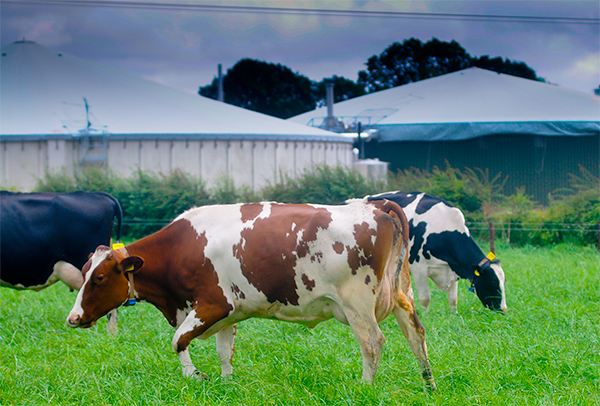
Although dairy farmers' income jumped sharply last year, cost control will be critical if they are to weather this autumn's low milk prices, rural accountants Old Mill have warned.
Average dairy profits jumped by 4.54p/litre in 2013/14, to 3.41p/litre. However, since their peak in February, average UK milk prices have slumped by more than 2p/litre – and with further price cuts seemingly on the horizon, producers could face a difficult winter.
“Milk price is, of course, an important driver of farm returns,” says Will Vincent, rural accountant at Old Mill. “But it is not the only determinant of profitability. In 2013/14, our clients’ average milk price increased by 3.85p/litre, equating to 85% of improved profits – the remainder was made up of lower costs.”
Drilling down further into the figures – which will be unveiled at the Dairy Show on 1 October - reveals a surprising contrast. “For the second year running, the top 25% of clients by retained profit actually received a slightly lower milk price than the bottom 25%,” says Mr Vincent. “The bottom 25% also received more non-milk income.”

Although the whole range of farmers saw improved financial performance last year, the top quartile made profits of 6.54p/litre, while those at the lower end made a loss of 0.34p/litre. “The clear message is that the top farmers have better control of costs, with overall costs of production almost 10p/litre below those in the bottom 25%.”
Excluding non-farm income, the top farmers’ gross margins averaged 17.18p/litre, with higher feed costs and lower milk yields eroding the lower quartile’s margin to 15.82p/litre.
“When you look at farmers’ overheads, the difference is even more marked,” says Mr Vincent. “Labour and power costs were 3.89p/litre cheaper among the top quartile, with all overheads 6.33p/litre lower at 13.03p/litre.”
Achieving such tight cost control is easier said than done, he admits. “The top farmers have attained better economies of scale, with an average herd size of 226 cows - 54 more than the bottom quartile and 12 head above our clients’ average. But it is not just about spreading the costs over a wider base – personal drawings and tax was far lower among the top farmers, indicating greater investment in the business to improve future viability.”
If milk prices are to remain suppressed this winter, then all dairy producers need to look at their costs to remain economically viable, warns Mr Vincent.
“This is not always easy – many costs are semi-structural and may require further investment to bring them down. But given the uncertain market outlook it may be better to act now to protect your business rather than hoping for a rebound in milk price.”
